January 7, 2019 · NCM STAFF

This image was taken from the drive from the capitol city of Kathmandu, Nepal, toward Upper Bhotsipa, one village where NCM Nepal is working to provide long-term recovery support after the 2015 earthquake.
On the foothills of the Himalayas, overlooking a valley dotted with rice fields and small-scale farms, sits a newly constructed earthquake-resistant classroom where 60 children are silently engrossed in their books. Sitting on the floor in small groups scattered around the large room, they complete their homework, receive tutorials, play games, and eat together. All of these children are from families affected by the devastating 2015 earthquake that struck near the capital city of Kathmandu. It left approximately 9,000 dead, destroyed hundreds of thousands of structures, and left vast numbers of people displaced.

A student displays his writing notebook at a Nazarene child development center in Lower Bhotsipa.
Following the initial emergency response phase in the first few months after the disaster, Nazarene Compassionate Ministries Nepal has focused on long-term rehabilitation. The project is mainly focused in some of the hardest hit rural communities in the Okhaldhunga and Sindhupalchok districts—remote areas many hours’ drive from Kathmandu. These villages had some of the highest numbers of casualties from the earthquake as well as the highest percentage of destroyed buildings. For this reason, they were chosen by the local church to reach the most vulnerable.
In these villages and in Kathmandu, the church has been implementing a comprehensive project designed to assist families as they rebuild their lives. The project aims to impact the family as a whole–focusing on education, nutrition, and economic empowerment. Right now, 188 families across five communities in Nepal are directly impacted by this project.
Part of the project is the seven child development centers now serving hundreds of children with tutoring and educational classes every day of the school week. The purpose is to provide a fun, safe, and nurturing space for children to thrive–nutritional education is also part of the curriculum. The extra educational support complements their regular schoolin
Other pieces of the plan include self-help groups for women and men that have started in 4 villages, where families save money on a monthly basis and make small loans to each other out of their savings. The purpose of these loans is to support the start-up of small businesses, purchase tools or seeds, or meet other immediate needs that families face. Additionally, agricultural training has been offered to families to accompany the seeds they receive and plant in their home gardens and farms. Throughout these communities, children and families are working toward a future where they are more stable and less vulnerable than before the earthquake.
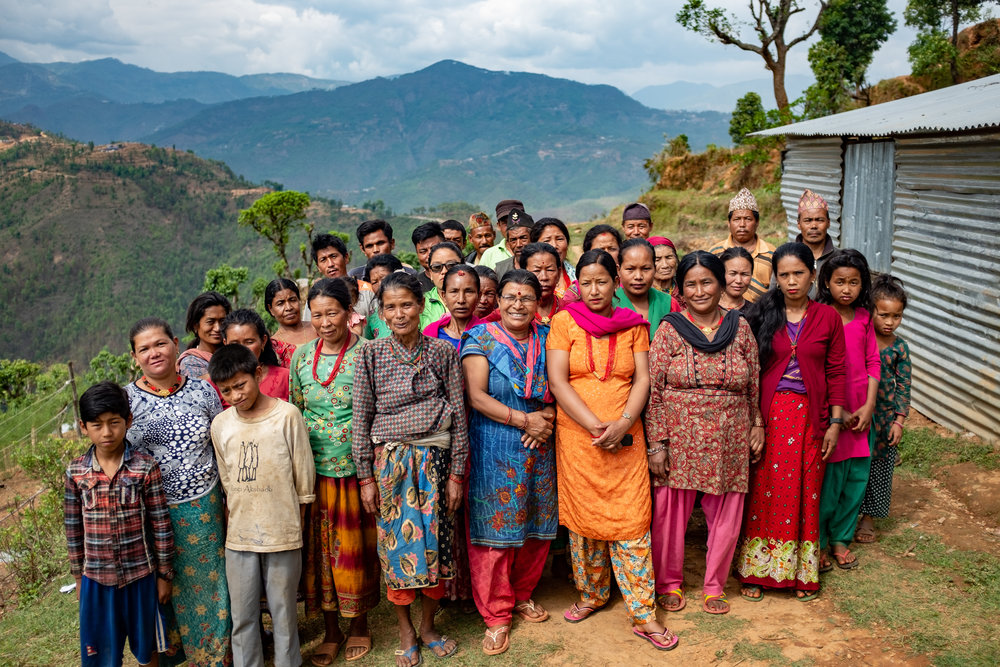
Self-help groups like this one in Upper Bhotsipa are helping men and women save money and make loans, addressing some of the areas that made recovery difficult after the earthquake.
When disasters occur, we often only think of those who are in immediate desperate need; those who have lost loved ones, whose homes have been destroyed, or those who do not have access to food and water. But we often forget that the need continues for weeks, months, and years after a major disaster.”
The great benefit of the church is that it exists before the disaster, and during, and for long after. The church is present and serving as people get back on their feet long after the disaster strikes. The earthquake rehabilitation project in Nepal is a five-year initiative with the aim of supporting lasting change in the lives of these families. It aims to address the needs of the whole family by creating chances for both children and parents to thrive educationally, nutritionally, and financially. ∎<
Taken from the Winter 2018 edition of NCM Magazine. Click HERE to read more or to subscribe.

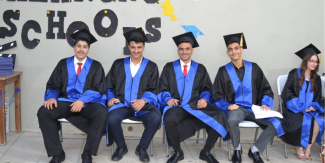
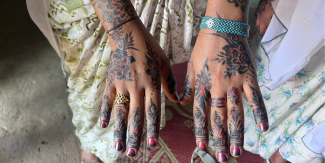
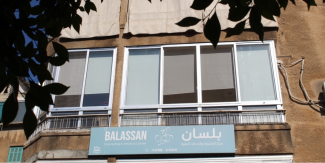
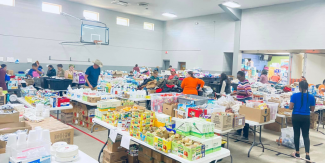
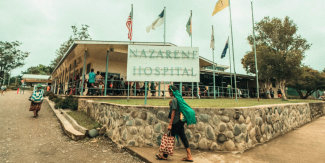
Add new comment